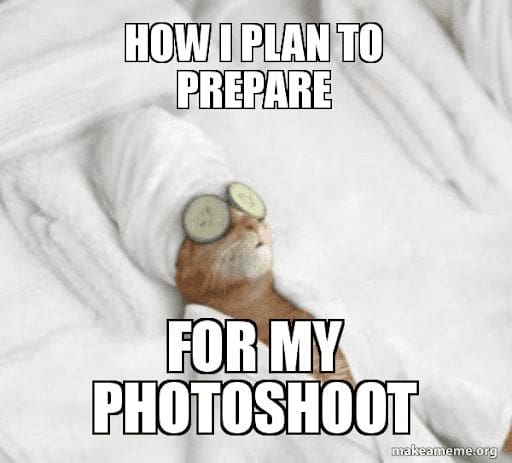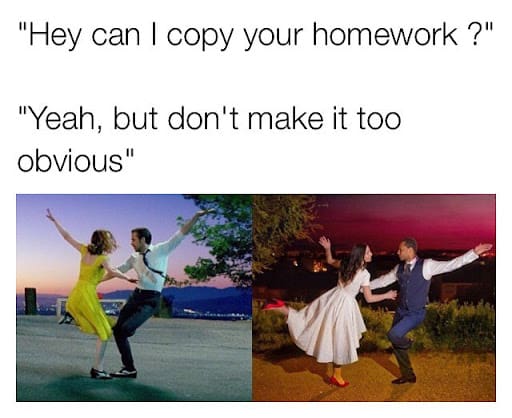Everybody loves a good story. And while writing is generally the basis for storytelling, photos and video can infuse more powerful emotions to enhance your narrative. We all have experienced how a picture or a video can change the way we think, feel, and act. Images bring viewers to new places, introduce them to new people and create empathy among people. That’s why we’re so drawn to visuals— they expand our perception and our understanding of the world.
So how do we leverage the power of images in our day-to-day work? The short answer: use them. Simple as that. If you include a photo in a press release, social media post, or blog the content will surely have more views because it adds an eye-catching element to the story. It’s all about learning by doing, but we have some key principles and practical tips that can help you to conceptualize a powerful visual narrative and then capture, edit, and share eye-catching images, all while observing key ethical principles to guide your work.
Planning the project

Before we go into the production phase, we need to take a step back and think about the big picture and our purpose. What is the story? Oftentimes when there are a lot of different things happening at once. So it’s crucial to focus on the one aspect that you want to emphasize and capture. Who is the intended audience? If you’re able to identify them in advance, that will inform your decision making as you go forward. What is the intended impact? Sometimes people call it a “call to action” or “the ask.” As you’re thinking about the final destination for these images, what do you want the person to do in response? Maybe it’s to evoke a feeling, or maybe you want to inspire someone to sign a petition. Planning the project will serve as a roadmap that will make it easier for you to get what you want.
Focus on your goal
It’s crucial to have clarity on what you want during the shoot. Is it a single group photo that will capture the spirit and the moment of an event? Is it a series of photos that show the day as it’s unfolding, whether it’s chronologically or thematically or individuals? Are you doing multiple events over a series of days or multiple sessions in multiple locations? For an organization, you may film or shoot one or two events at a given time and then a year from now, you might realize that these all can work together as part of a larger storytelling effort. Thinking about your goals in advance will help you make the most of your project.
Get inspiration from others

There are organizations and storytellers out there doing great work. You don’t need to reinvent the wheel. If you see something that you like, start to pay attention to how the images and campaign are designed. We certainly don’t want to copy anything without attribution or acknowledgment, however, there’s a lot of things that you can take inspiration from.
Build trust
The number one guideline is do no harm. We want to avoid an extractive approach when producing video or photos making people feel exploited, or having any kind of transactional relationship that they might feel uncomfortable about. You should ideally always connect with the individuals and ensure people feel trusted, benefited, represented, and valued (even when you don’t have a budget). And of course, if anybody opts out they don’t need to explain why.
Releases
The first factor to consider on whether you need a written release is to ask if the image will have a commercial use. For many of the people in the nonprofit world, the answer is probably no. However, there are other questions to raise even within nonprofit organizations: Is it going to be a paid media or digital marketing campaign? Will there be money spent to advertise this on social media? Is the image going to be used for fundraising? Do you intend to pass this on to news organizations? If the answer to these questions is yes, this might trigger the need for a release and you want to make sure that you have the rights and the consent for those purposes.
If in doubt, seek out legal expert help in your region/state. See a release from Climate Nexus as an example.
Ethical imagery, usage, and release resources:
- Nonprofit Photography: Ethics and Approaches by Storytelling for Good
- A Practical Guide to Ethical Imagery by Water Hub and Survival Media Agency
- The Fundamentals of Photographic Consent by the Photography Ethics Center
- The Ultimate Guide To Photo Release Forms by Format
- Wikimedia Commons Chart by Wikipedia
- Standard Release Form by Climate Nexus
- The Photographer’s Ethical Toolkit by Thomson Foundation
- When to use a release by Rich Stim
Choosing the right camera
The three basic factors to take into consideration are image quality, portability, and price. Image quality is impacted by the type/size of the image sensor (the bigger the better) and the quality of the lens you use. Portability is all about the size and weight of your equipment. The more portable your equipment, the faster you can use it to capture your image and the easier it is to share it with your audience, whether it’s through social media or with your team. Then we also have to take into account budget limitations. An organization might not even have any budget for buying equipment. So a key question to ask related to the price is: How often will you use your camera? The table below illustrates the tradeoffs between image quality/price and portability and points out when it’s actually better to hire a professional or use your phone. It’s all about your needs, your priorities, and of course, your limitations.

The photographer and videographer’s role

Something special happens when a person takes on the role of a photographer or videographer. There is usually an initial period when people are getting used to that presence, but eventually, that person starts to become part of the landscape. That’s exactly what you want: to keep a low profile. This is intertwined with trust, concentration, and ultimately with the quality of the images. Taking photos or shooting video should be this person’s only job–– they shouldn’t do anything else like checking people into your event or other distracting tasks. In general, it’s good to not try to do it all and keep things manageable. If you try to do videos and photos it’s best to have two dedicated people.
Lighting and composition
Check out our photo and video workshop video recording here to go over the details and examples that illustrate best practices and some basic tips to improve your images. Here are the main takeaways:
Experiment with lighting brightness and direction but take it easy (ex. using very harsh light or a total backlight).

It’s important to become familiar with composition rules such as the “rule of thirds” to make more conscious decisions regarding visual composition. Start by observing how composition rules are used and experiment with them. It’s all about exploration. As a general principle, always try to get close to your subjects!

Lighting, composition, and color resources
- Building Your Non-Profit Camera Kit By Brandon Johnson
- How to choose a camera in 2023 by Mark Condon
- How to take better color photos by Lars
- Color theory basics for video makers by Biteable
- A Simple Guide to Understanding Color in Photography by Judit Ruiz Ricart
- Composition Photography- Everything You Need To Know by Nashville Film Institute
To learn more, see our presentation slides here, and watch our photo and video training below.
To keep up with our team and get the latest communications resources or workshops, follow us on Twitter, LinkedIn, and YouTube and sign up for our monthly-ish newsletter, the Water Cooler.
